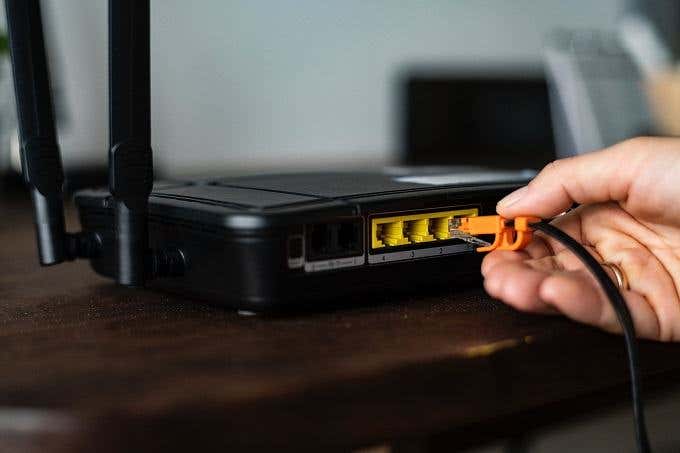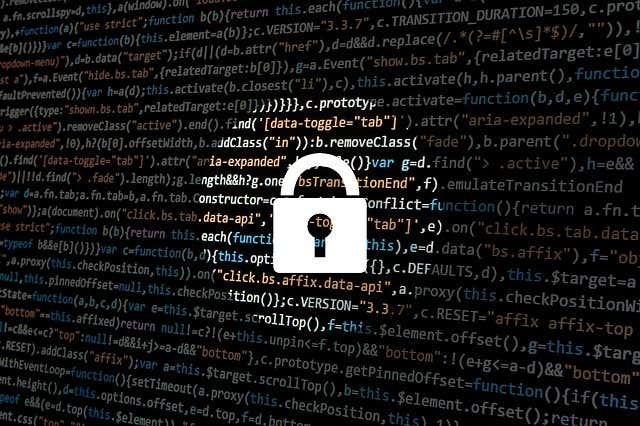As our social and professional lives become ever more digitized, the average person needs to learn new skills almost constantly. If you’re a parent, your kids are growing up in an online world that simply didn’t exist when you were their age. So how can you prep them to be safe about their inevitable technology use? Here are five ways you can beef up your family cybersecurity.
Have “The Talk” With Your Family
The weakest link in any cybersecurity setup is always the human element. Hackers refer to the techniques that target people as “social engineering” and it’s an extension of the large set of confidence tricks out there which criminals use to victimize innocent people.There is no software or hardware tool you can buy that will make up for someone in your family being tricked into opening the doors to cybercriminals. So the best strategy is to make sure your children and significant other, and anyone else who lives with you, are aware of the most common attacks. Email phishing scams, catfishing and malicious attachments are just three examples.Take the time to sit down and clearly explain these threats to your loved ones. Make sure they understand the risks and implications. If anyone in your family is not able to understand these threats or apply the right mitigations, then it’s too early for them to use your home’s internet connection without supervision.Most importantly, instill the rule of “see something, say something”. In other words, if something seems off or strange, that person should let you know.
Secure The Local Environment
Not every technology or network-based threat comes from the internet. There are ways your local network can be compromised as well. For example, piggybacking is the process of connecting to someone else’s WiFi without their knowledge. Usually to use their internet connection, but it’s worse than simply getting your bandwidth hogged by a stranger.Once an unknown person is connected to your local network, they can get access to any devices that are on that network. Especially if they haven’t been configured correctly. The next step might to steal files from local drives or network-attached storage. Malware such as keystroke loggers could also be installed by rogue users on your network.So make sure your router is set to the highest WiFi security standard supported. At the same time, make sure that your WiFi key is a proper strong key and not something like myWiFi123. The same goes for the admin password to access your router settings. Don’t leave it with the default password!You may want to go as far as whitelisting only specific devices, so that even if a rogue device connects, it won’t get access to anything.
Set Up a Guest Network
What about people who visit your home that need internet access, but aren’t part of your trusted circle? Many routers offer the option to create a guest network these days. This is a second WiFi hotspot that allows for direct internet access, but cuts that user off from the rest of the local network. This is the WiFi connection to use with visitors if at all possible.
Configure All Your Mobile Devices Properly
Our smartphones and tablets are wonderful machines and it’s unthinkable that any of our kids or independent family members would leave the house without one. However, they might be walking around with a big fat security vulnerability.Make sure that everyone has a passcode and full disk encryption enabled on their smart devices. If not, anyone who steals or temporarily grabs that device might get access to information they could use to somehow harm you.
Use Content Restriction Tools
Do you know what websites your family members are visiting? Would you be invading their privacy if you monitored their activity? It’s a tricky question, but there’s no doubt that plenty of the content found on the web is simply not suitable for children or teenagers. In the past, tech-savvy families might have a home proxy server that logs every site visited and blocks sites that are on a blacklist. Luckily that’s not something you need to do anymore, thanks to custom safe browsing DNS services.DNS is short for domain name servers and is basically a phonebook for the internet. When you type an internet address into your browser, it sends a request to the DNS registered on your router. The DNS takes that address and then looks up the exact numerical internet protocol address. This is the actual physical network address of the web server that hosts the site you want to visit. Your internet service provider has a DNS that is automatically configured, but you can log into your router and manually override which DNS it should use. You can pay for a subscription-based custom DNS service that automatically blocks web content you don’t want your family members accessing. Depending on the specific service, you can block whole classes of site and also specifically block a custom list of sites.Some internet service providers offer this service as part of your existing subscription too, so it’s worth checking if that’s the case before paying any additional money.
Streetwise For The 21st Century
Before the internet, children were given advice on not taking candy from strangers or accepting rides from people they don’t trust. Now the strangers have a direct line into the home, along with con artists and providers of adult content. Family members of all ages need to become streetwise in a way that’s appropriate to the 21st century and the 4th Industrial Revolution. It doesn’t have to be hard, but it does have to be done.




